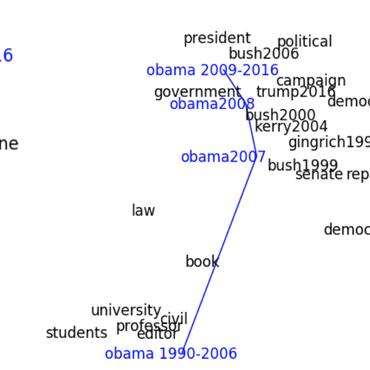On the Use of Word Embeddings Alone to Represent Natural Language Sequences
To construct representations for natural language sequences, information from two main sources needs to be captured: (i) semantic meaning of individual words, and (ii) their compositionality. These two types of information are usually represented in the form of word embeddings and compositional functions, respectively. For the latter, Recurrent Neural Networks (RNNs) and Convolutional Neural Networks (CNNs) have been considered. There has not been a rigorous evaluation regarding the relative importance of each component to different text-representation-based tasks; i.e., how important is the modeling capacity of word embeddings alone, relative to the added value of a compositional function? In this paper, we conduct an extensive comparative study between Simple Word Embeddings-based Models (SWEMs), with no compositional parameters, relative to employing word embeddings within RNN/CNN-based models. Surprisingly, SWEMs exhibit comparable or even superior performance in the majority of cases considered. Moreover, in a new SWEM setup, we propose to employ a max-pooling operation over the learned word-embedding matrix of a given sentence. This approach is demonstrated to extract complementary features relative to the averaging operation standard to SWEMs, while endowing our model with better interpretability. To further validate our observations, we examine the information utilized by different models to make predictions, revealing interesting properties of word embeddings.
PDF Abstract


 MultiNLI
MultiNLI
 SNLI
SNLI
 AG News
AG News